
Prints of Classic Fred W. McDarrah Photos of the Village Available for Sale
photographed by Fred W. McDarrah
, producer and engineer Eddie Kramer (l.) and studio manager Jim Marron in the control room of Hendrix’s still under construction Electric Lady Studios, June 17, 1970.jpg)
Jimi Hendrix (seated), producer and engineer Eddie Kramer (l.) and studio manager Jim Marron in the control room of Hendrix's still under construction Electric Lady Studios, June 17, 1970. Read more...
In the 1950s and 60s, Greenwich Village and the East Village teemed with artistic energy and activism, fed by trailblazers from Jimi Hendrix to Jane Jacobs, Allen Ginsberg to Andy Warhol, and scores of others who both shaped and were shaped by these vibrant neighborhoods.
Village Voice photographer Fred W. McDarrah (1926 – 2007) chronicled this roiling atmosphere. These twelve McDarrah photos depict some of the most important players in this dynamic scene at a critical pivot point.
For more background on each of these great images click here!
Give the gift of Greenwich Village with a professionally printed Fred W. McDarrah photograph. All proceeds go directly to support the mission of GVSHP.
8x10 print: $300-- Buy three or more prints and pay just $270 per print!
For all bulk and multiple orders, please contact 212-475-9585 x39 or smoskowitz@gvshp.org
11x14 print: $350 -- Buy three or more prints and pay just $315 per print!
For all bulk and multiple orders, please contact 212-475-9585 x39 or smoskowitz@gvshp.org
All prints are hand printed, estate-stamped, resin coated Archival quality, in glossy, matte or luster (semi-gloss) surfaces (you choose). Gift-wrapping option available at checkout.
For all bulk and multiple orders, please contact 212-475-9585 x39 or smoskowitz@gvshp.org. Please note that only orders placed before Wednesday, December 13 at 4:00 p.m. will be guaranteed to arrive via shipping before December 23. All photographs printed on glossy, resin-coated paper. Price includes the cost of printing and shipping. All photos © Estate of Fred W. McDarrah. Our special thanks to the Estate of Fred W. McDarrah for their support of GVSHP. 

Purchase here

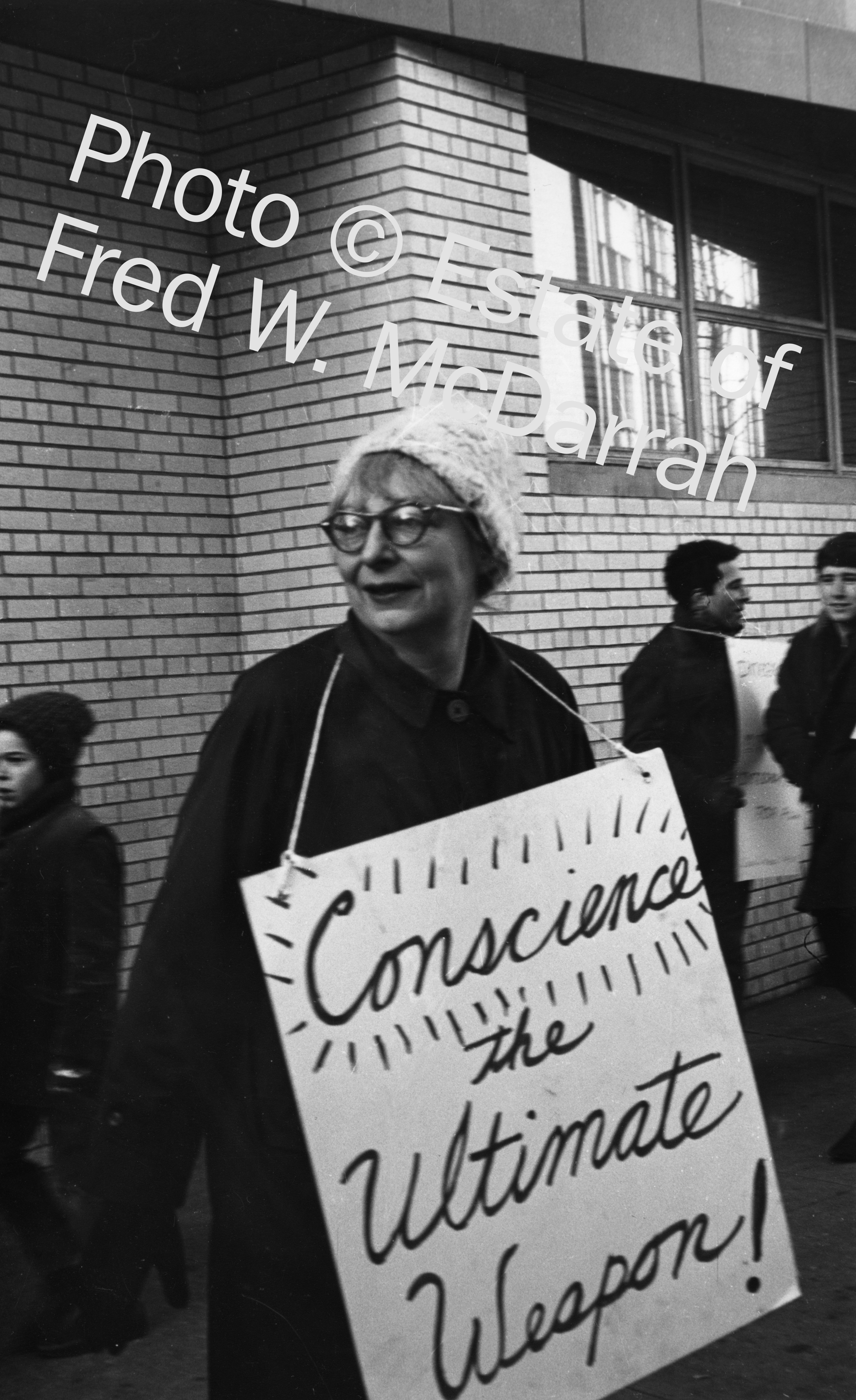
Jane Jacobs at protest outside P.S. 41, 116 West 11th Street, February 3, 1964. Read more...
Purchase here


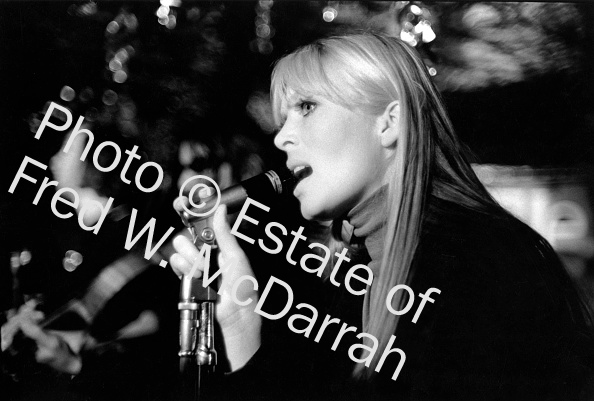
Close-up of Nico (as she performs with the Velvet Underground at Steve Paul's nightclub, the Scene, New York City, January 7, 1967, two months before the release of ‘The Velvet Underground and Nico.’ Read more...
Purchase here


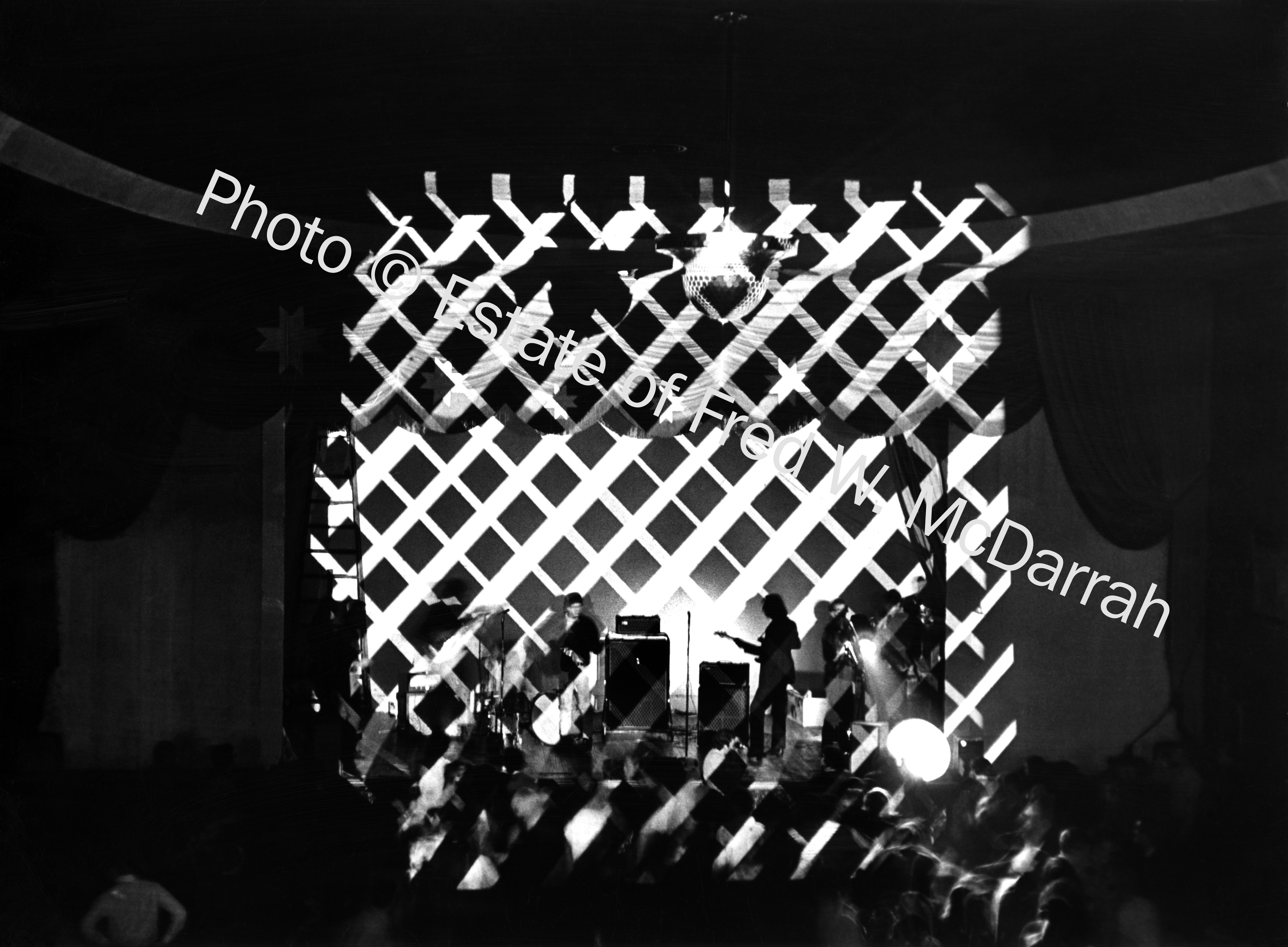
The Velvet Underground at the Dom, 19-23 St. Marks Place, April 1, 1966. Read more...
Purchase here


, Peter Orlovsky (second l., facing camera) and several unidentified others near the Kettle of Fish Bar, 114 MacDougal Street, March 8, 1959.jpg)
Allen Ginsberg (r.), Peter Orlovsky (second l., facing camera) and several unidentified others near the Kettle of Fish Bar, 114 MacDougal Street, March 8, 1959. Read more...
Purchase here


 and his band perform at the Five Spot Café, 2 St. Marks Place, August 22, 1962.jpg)
Charles Mingus (center) and his band perform at the Five Spot Café, 2 St. Marks Place, August 22, 1962. Read more...
Purchase here

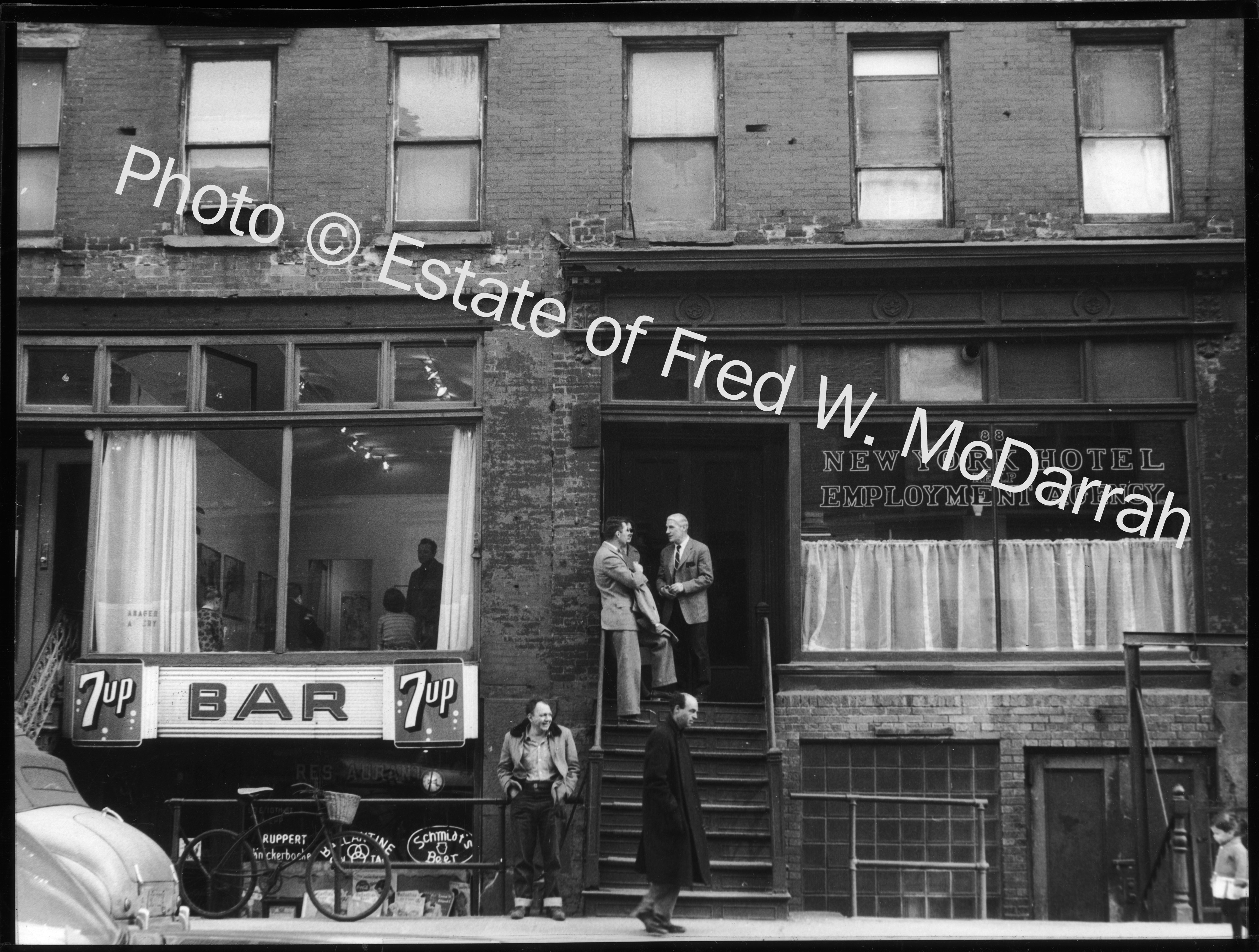
Willem de Kooning on 10th Street Stoop with Novelist Noel Clad, April 5, 1959. Read more!
Purchase here


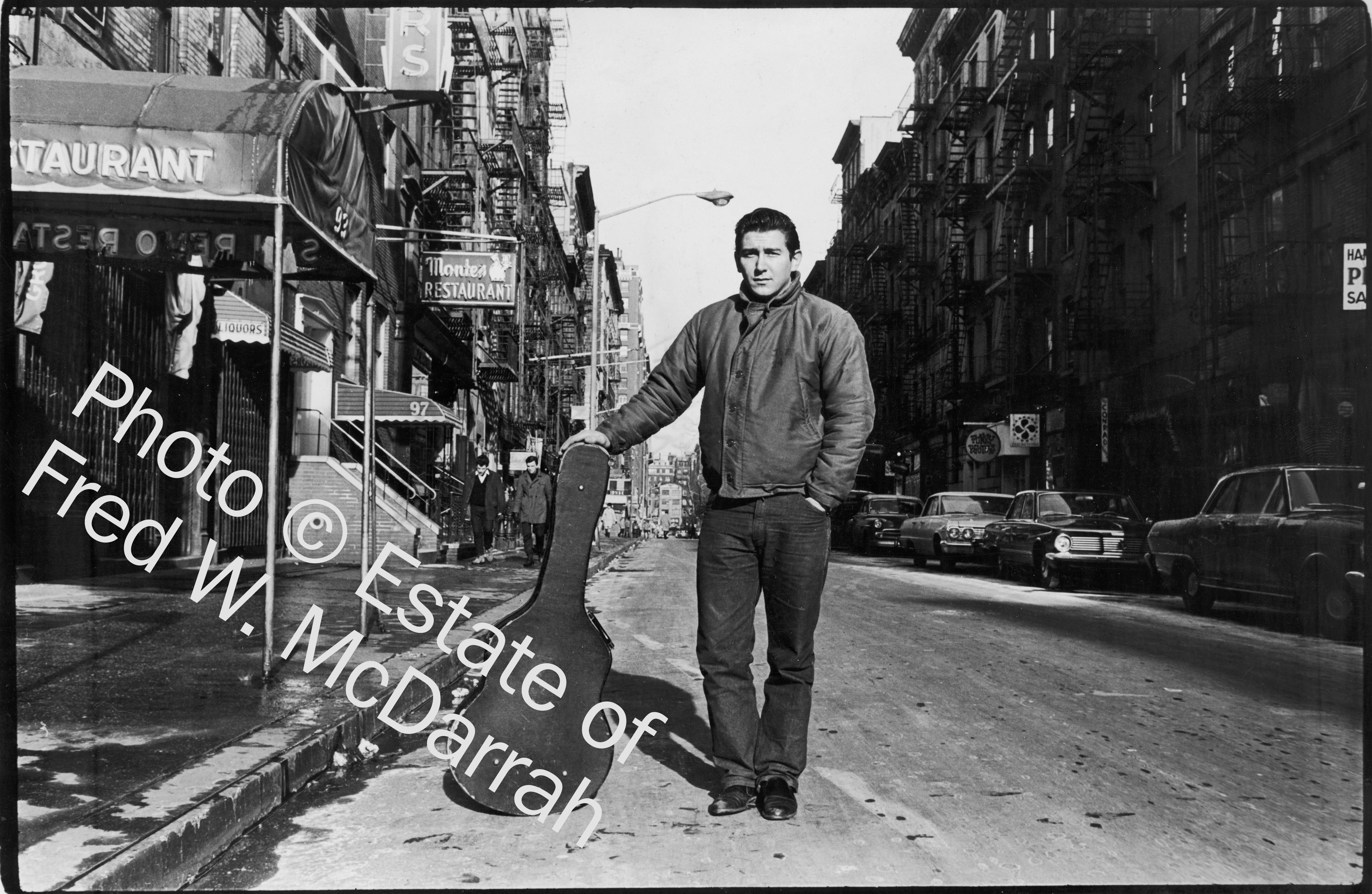
Folk musician and political activist Phil Ochs poses with his guitar on MacDougal Street, January 3, 1965. Read more...
Purchase here

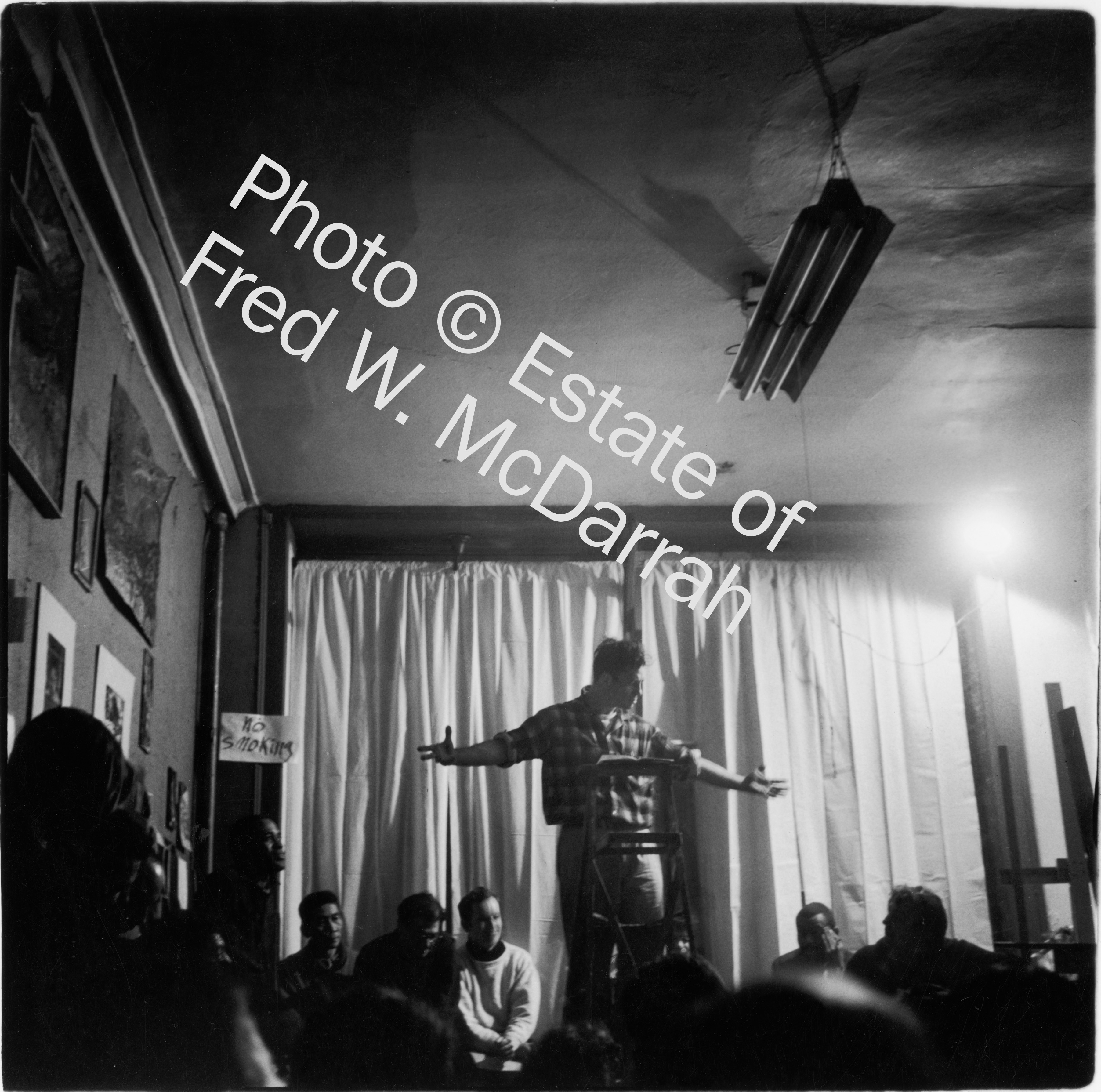
Jack Kerouac Reading from ‘On the Road’ in George Nelson Preston’s ‘Artist’s Studio’ 48 East 3rd Street, February 15, 1959. In what is considered one of the important poetry readings ever held in New York and a defining moment for the Beats, Kerouac, Allen Ginsberg, Gregory Corso, Peter Orlovsky, LeRoi Jones, Jose Garcia Villa, Edward Marshall, Ted Joans, and others took the stage that night. Read more...
Purchase here

, October 6, 1963.jpg)
Looking from inside Patchin Place towards West 10th Street and the clock tower of the Jefferson Market Courthouse (now library), October 6, 1963. Read more...
Purchase here

Full Text Image Details

, Peter Orlovsky (second l., facing camera) and several unidentified others near the Kettle of Fish Bar, 114 MacDougal Street, March 8, 1959.jpg)
Allen Ginsberg (r.) with Peter Orlovsky (l., with glasses) outside the Kettle of Fish bar, 114 MacDougal Street, New York, New York, March 8, 1959. © Estate of Fred W. McDarrah
Allen Ginsberg and fellow Beat poet and life-partner Peter Orlovsky were photographed by McDarrah outside the Kettle of Fish bar at 114 MacDougal Street, not long after “Howl and other Poems” had been released and litigated in one of the most high-prolife and consequential obscenity trials of the 20th century. Ginsberg and fellow Beats like Jack Kerouac called the Kettle of Fish a second home of sorts, located along the MacDougal/Bleecker corridor, which was the center of both the folk renaissance and the literary revolution of the 1950s and ’60s. While Ginsberg spent time in San Francisco, Paris, and Tangiers, he ultimately called New York home, living in the nearby East Village until his death in 1997. Over the years Fred McDarrah took many of the images of Allen Ginsberg which came to define the public’s perception of him, including the poet in a stovetop Uncle Sam hat and sitting in repose against Judson Memorial Church.
Purchase here


Jack Kerouac reading 'On the Road' at the Artist's Studio (48 East 3rd Street), New York, New York, February 15, 1959 © Estate of Fred W. McDarrah
Jack Kerouac became the leading voice of the generation pushing back against the stifling conformity of 1950s America. The originator of the “Beat Generation” appellation published “On the Road” in 1957, which instantly catapulted him to literary superstardom. Following its publication, Kerouac cut back noticeably on his public appearances, especially after he was badly beaten outside one of his favorite haunts, the San Remo Café on Bleecker and MacDougal Street, in 1958. One of his rare public appearances during this period was also his most celebrated. On February 15, 1959 Kerouac took the stage at George Nelson Preston’s “Artist’s Studio” at 48 East 3rd Street. In what is considered one of the important poetry readings ever held in New York, and a defining moment for the Beats, Kerouac, Allen Ginsberg, Gregory Corso, Peter Orlovsky, and LeRoi Jones, among others, read from their works that night. McDarrah captured Kerouac in this Christ-like pose, reading from “On the Road.” The image so came to so define Kerouac and the Beats that it was even used on the cover of “The Beat Scene,” a compilation of short works to which nearly every prominent Beat writer contributed in 1960.
Purchase here


Willem de Kooning outside his studio, 88 East 10th Street, New York, New York, April 5, 1959. © Estate of Fred W. McDarrah
Though you would barely know it today, in the 1950s the center of the art world was located in a string of scruffy artist-run galleries and studios on East 10th Street between 3rd and 4th Avenues that featured the emerging New York School of Abstract Expressionist painters. Central to that scene was Willem de Kooning, whom many critics say bore greater responsibility for shifting the center of the art world from Paris to New York than any other figure. From 1952 to 1962, during what was the height of his career, de Kooning maintained a studio at 88 East 10th Street, right in the center of the East 10th Street gallery row. De Kooning is pictured here on the front steps of his building with novelist Noel Clad, with the storied Tanger Gallery visible just next door above the bar. McDarrah was good friends with de Kooning and many of the other abstract expressionists, and was paying him a visit when he snapped this iconic photo which perfectly captures how great art was emerging from New York’s gritty downtown streets at this time.
Purchase here

 and his band perform at the Five Spot Café, 2 St. Marks Place, August 22, 1962.jpg)
Charles Mingus (in white shirt) and his band at the Five Spot Café, 2 St. Marks Place, New York, New York, August 22, 1962. © Estate of Fred W. McDarrah
The Five Spot Café was considered one of the premier locations for jazz anywhere in the mid-20th century. After its original home at 1 Cooper Square was demolished (now the site for the JASA residence for the elderly at Bowery and 5th Street), it re-opened just a few blocks north at 2 St. Mark’s Place. To mark the re-opening, the venerable venue called in none other than Charles Mingus to help christen its new home, in the base of what is now the St. Mark’s Hotel.
Purchase here

, October 6, 1963.jpg)
Patchin Place looking towards West 10th Street and the clock tower of the Jefferson Market Courthouse (now library), October 6, 1963. © Estate of Fred W. McDarrah
McDarrah was intimately involved with documenting the Greenwich Village preservation movement of the 1950s and ’60s, which was battling (and eventually defeated) a slew of proposals by Robert Moses to build highways through the neighborhood and demolish blocks and blocks of housing and businesses. One intimate battle at the heart of the neighborhood, which reached a fever pitch just as Penn Station was being demolished, was the fight to preserve the Jefferson Market Courthouse/now Library (1876) at 6th Avenue and 10th Street, which was slated for demolition. This photo of its iconic clock tower peering up over cobblestoned Patchin Place was more than just an idyllic Village moment captured on film; it was taken as part of the successful campaign to save the historic landmark from demolition, one of the first key victories which turned the tide for preservation after the fall of Penn Station.
Purchase here


Jane Jacobs protesting at P.S. 41, 116 West 11th Street, New York, New York, February 3, 1964. © Estate of Fred W. McDarrah
Fred McDarrah and the Village Voice assiduously chronicled the activities of Jane Jacobs, who in the 1950s and 60s lead a movement in Lower Manhattan to retake communities from government bureaucrats, urban planners, and big business interests. A journalist herself, Jacobs was media-savvy and knew that good press coverage was key to winning preservation victories. Here she is seen protesting outside the newly-built P.S. 41 on West 11th Street in Greenwich Village – the school which both of McDarrah’s children later attended. Her picture-friendly posterboard was a signature Jane Jacobs tool for getting her message out and framing the battle in her terms.
Purchase here


Phil Ochs with guitar on MacDougal Street, New York, New York, Januray 3, 1965. © Estate of Fred W. McDarrah
Phil Ochs came from the decidedly political wing of the folk movement, making a name for himself in the Greenwich Village folk scene singing explicitly anti-war and pro-civil rights songs, often at some of the biggest rallies of the era for these causes. Ochs is standing in front of the tattered awning of the San Remo Café at MacDougal and Bleecker Street, the epicenter of the Village’s folk, Beat, and literary scene. The casually defiant pose, leaning on his guitar case, was so popular it was turned into one of the best-selling posters of 1967 when issued by an outfit called Personality Posters.
Purchase here

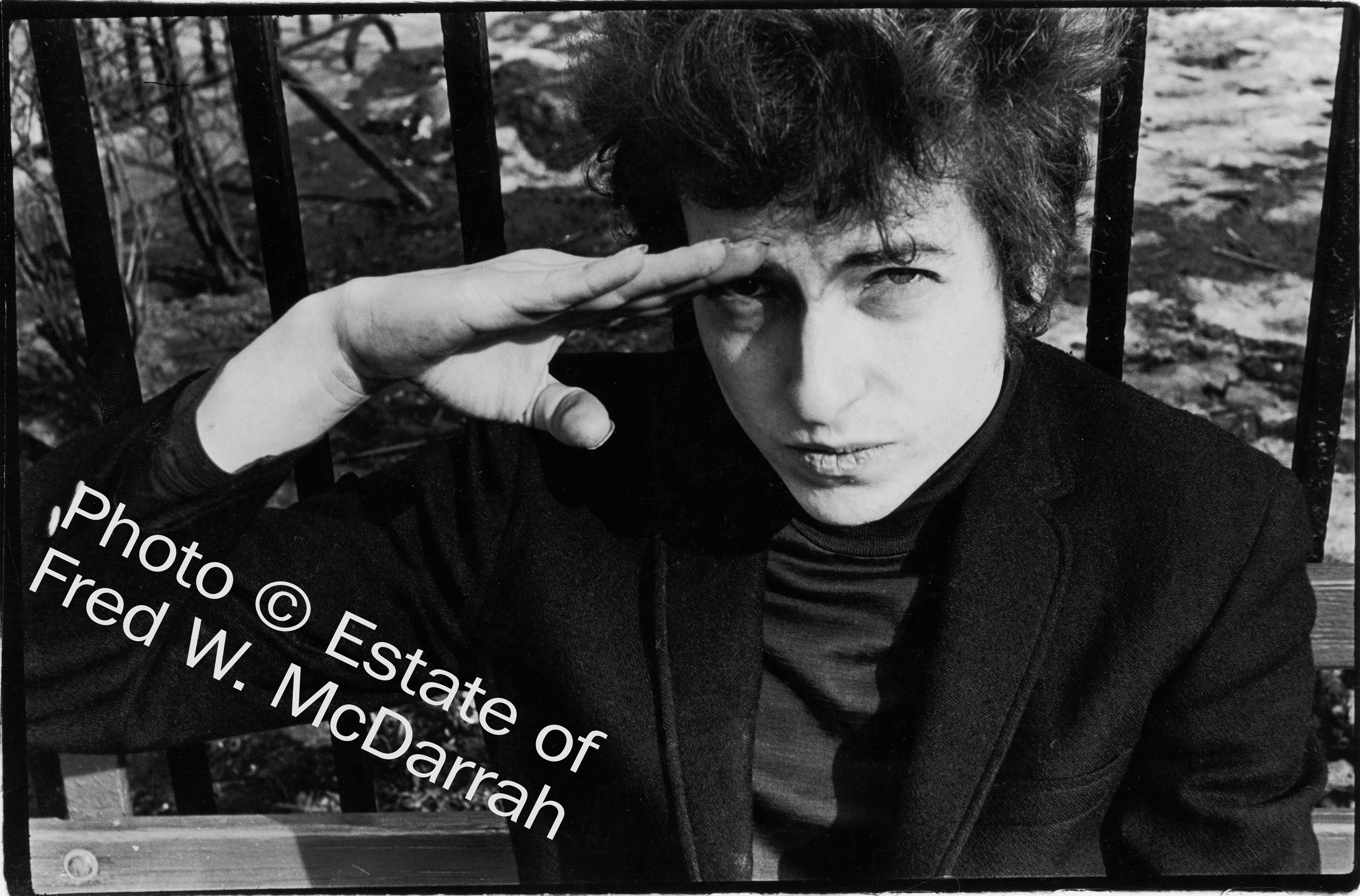
Bob Dylan saluting as he sits on a bench in Sheridan Square Park, New York, New York, January 22, 1965. © Estate of Fred W. McDarrah
The folk music figure McDarrah was closest to, and probably did the most to immortalize, was Bob Dylan. There is perhaps no more recognizable image of Bob Dylan than this famous “salute” pose taken by McDarrah in Sheridan Square on a cold January in 1965. The image was taken the week Dylan recorded “Bringing It All Back Home,” and has been used by everyone from Martin Scorsese, who put it on “The Bob Dylan Scrapbook 1956-1966” (the companion DVD to No Direction Home, his “American Masters” Dylan tribute), to Bob himself, who used it on the cover of 2014’s Complete Album Collection Vol. One. Cementing the epochal nature of the photo, it was placed on the cover of the very last print issue of the Village Voice, allowing Dylan to symbolically signal the end of that era.
Purchase here


The Velvet Underground at Andy Warhol‘s The Dom, 23 St. Marks Place, as part of the ‘Exploding Plastic Inevitable,’ New York, New York, April 1, 1966. © Estate of Fred W. McDarrah
McDarrah’s chameleon camera lens was equally at home with proto-punk noisemakers The Velvet Underground as it was with any earnest folk singer. In fact, McDarrah was quite close to Warhol and the Factory, and extensively documented the Velvets’ earliest days. Key to their rise to downtown prominence was their month-long residency at Warhol’s St. Marks Place club The Dom, which began on April 1, 1966 as part of his “Exploding Plastic Inevitable.” McDarrah was there to capture this bizarre, multi-media performance on the opening night. So was the press, including the New York Times, which fueled interest in this underground phenomenon just as they were about to go into the recording studios to cut the demos for their history-making first album, “The Velvet Underground and Nico.”
Purchase here


Andy Warhol trying on a marching band uniform in a used clothing store on St. Mark’s Place, New York, New York, December 9, 1966. © Estate of Fred W. McDarrah
According to Fred McDarrah’s son Tim, Andy Warhol would call his father all the time to ask him to take his photo. This particular day, McDarrah agreed to go shopping with Warhol on St. Mark’s Place. McDarrah’s photo of Warhol in his thrift store military bandleader jacket ran on the front page of the Village Voice soon after. John Lennon and Yoko Ono were loyal Voice readers. Tim McDarrah says that John once told his father that he showed the cover image of Andy Warhol to his bandmates, who loved the look, and it was this photo that inspired them to choose the band leader outfits for the Sgt. Pepper album in early 1967.
Purchase here


Nico performing with the Velvet Underground at Steve Paul’s nightclub, the Scene, New York, New York, January 7, 1967. © Estate of Fred W. McDarrah
German model Nico was a critical part of the image of the Velvet Underground in their first incarnation under Andy Warhol’s tutelage. Fred McDarrah would often accompany Andy to their shows to help capture their unique onstage presence. This image of an icy and translucent Nico singing, with the rest of the Velvets a fuzzy blur behind her, became one of the most iconic images of her and the band, on the eve of the release of their first album. This performance took place at The Scene near Times Square in January, 1967.
Purchase here

, producer and engineer Eddie Kramer (l.) and studio manager Jim Marron in the control room of Hendrix’s still under construction Electric Lady Studios, June 17, 1970.jpg)
Jimi Hendrix with producer/engineer Eddie Kramer (l.) and studio manager Jim Marron in Hendrix’s still under construction Electric Lady Studio, New York, New York, June 17, 1970. © Estate of Fred W. McDarrah
Jimi Hendrix, who would have turned 75 last month, built Electric Lady Studios, the only (at the time) artist-run recording studio at 52 West 8th Street after experiencing cost overruns and creative frustration at traditional commercial studios. While Electric Lady Studios would go on to become one of the most legendary and sought-after recording studios in the world, producing records by everyone from The Clash to Beyonce, the Ramones to Madonna, Hendrix barely got to savor or experience one of the most enduring pieces of his musical legacy, as he died just three weeks after the studio opened. While the studio was still under construction, however, Fred McDarrah was called in to take this picture of Jimi Hendrix with producer and engineer Eddie Kramer and studio manager Jim Marron, who helped design and create the studio. According to McDarrah’s family, photos from this shoot are the only extant pictures of Jimi at the soundboard at Electric Lady Studios, as he died in September of that year.
Purchase here |